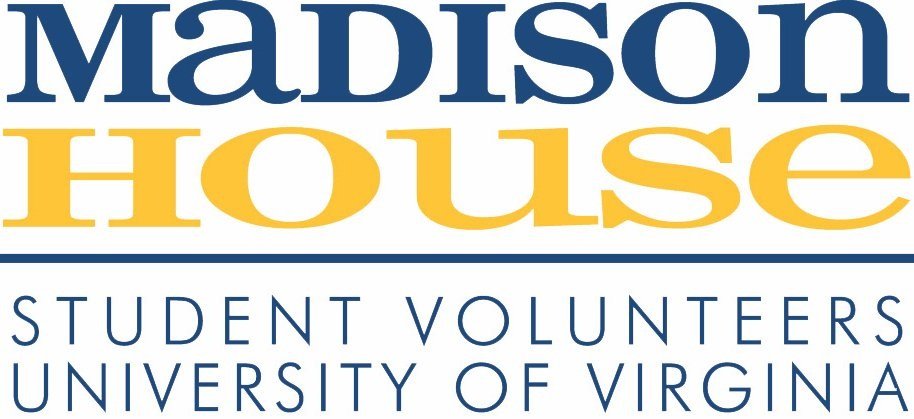Small planes flew over. The helicopters came, lower, and the men in them waved back when he waved. One came as he disassembled the jeep’s ignition. A voice on a bullhorn called out: “Any injured or dead?” He waved and shook his head, and the helicopter swooped suddenly upward to continue on its rounds. The portable radio was strangely useless. Its announcers told the news and sports. (“A major flood in Nelson County took several lives overnight, with many still not accounted for. All major roads and bridges are out. Local authorities have called on the governor to declare a state of emergency. And now here’s sports …”)
This was the scene 50 years ago this week, just a few miles down the road from the University of Virginia.
In a short story, “Notes from the Flood” – which can be found in UVA’s Albert and Shirley Small Special Collections Library – University of Virginia President Emeritus John T. Casteen III, a Ph.D. student and Nelson County resident at the time, recounted the horrific details of Hurricane Camille’s devastation of the rural Virginia county on the night of Aug. 19-20, 1969.
Today, Casteen hesitates to talk publicly about the disaster that took so many lives. The pain is still there.
“The extent of damage in Nelson County is hard to imagine after a half-century,” the former English professor wrote in an email. “Yet in the very worst of times, Nelson’s people and public officials came together to rebuild, and they found allies and backers in government and in churches and in volunteer organizations.”
One such organization was Madison House, the independent, nonprofit volunteer center for UVA students, which had been founded (in its current iteration) shortly before Camille. This year also marks its 50th anniversary.
“My own opinion is that student response to Camille had a great deal to do with subsequent support for Madison House,” Casteen wrote. “It had existed before Camille, and its people had always had their own active lives, but the work following Camille made everyone grow up very quickly.
“Campus Compact came along two decades later. Madison House and its volunteers invented their model on their own.”
It’s a model that has worked well over the last half-century.
“Madison House has been what its creators and student volunteers hoped it would be – a catalyst for action by students to benefit surrounding communities and a constructive force in the lives of people living in communities around us,” Casteen wrote.
Read the rest of this UVA Today article here

